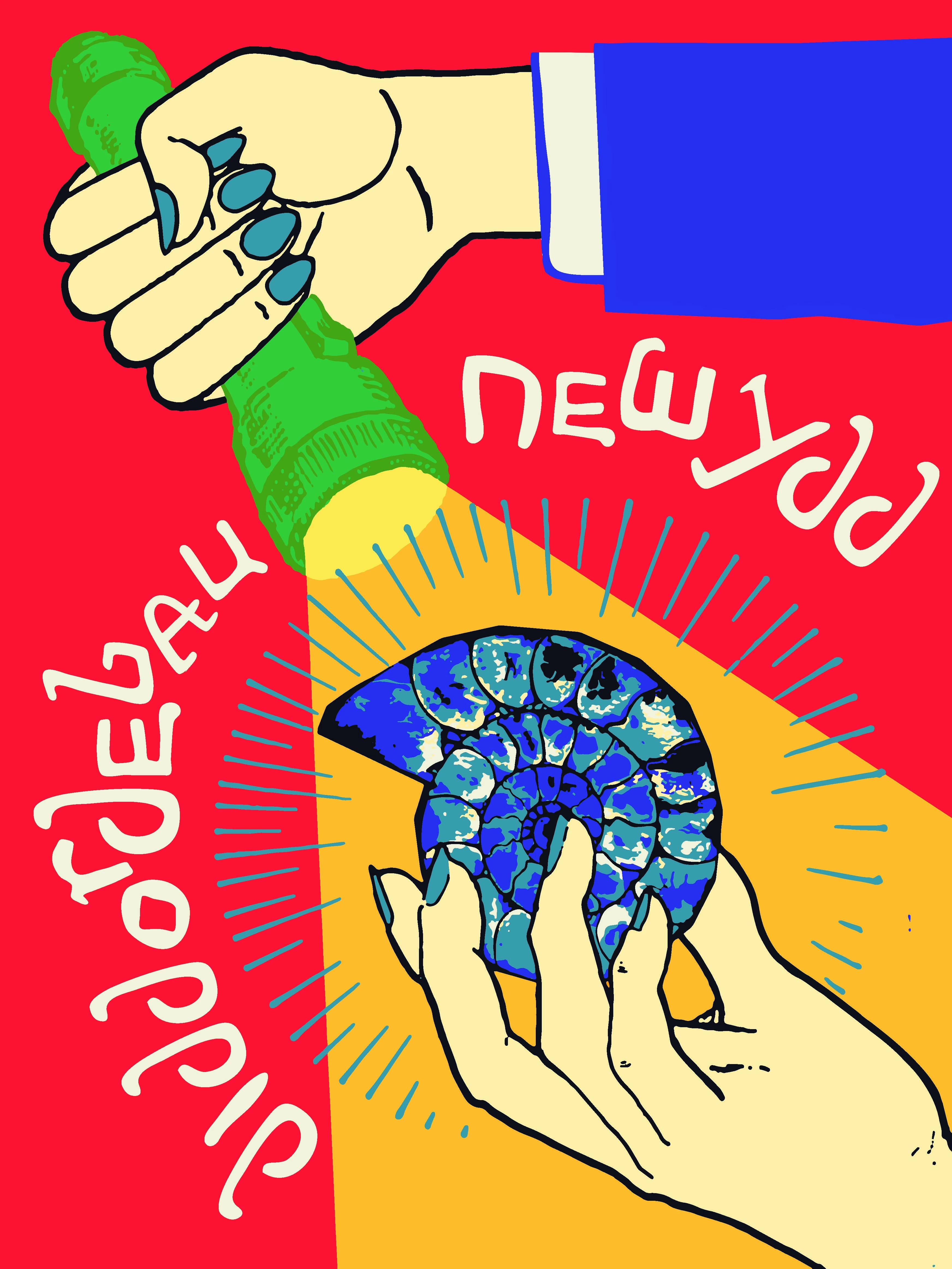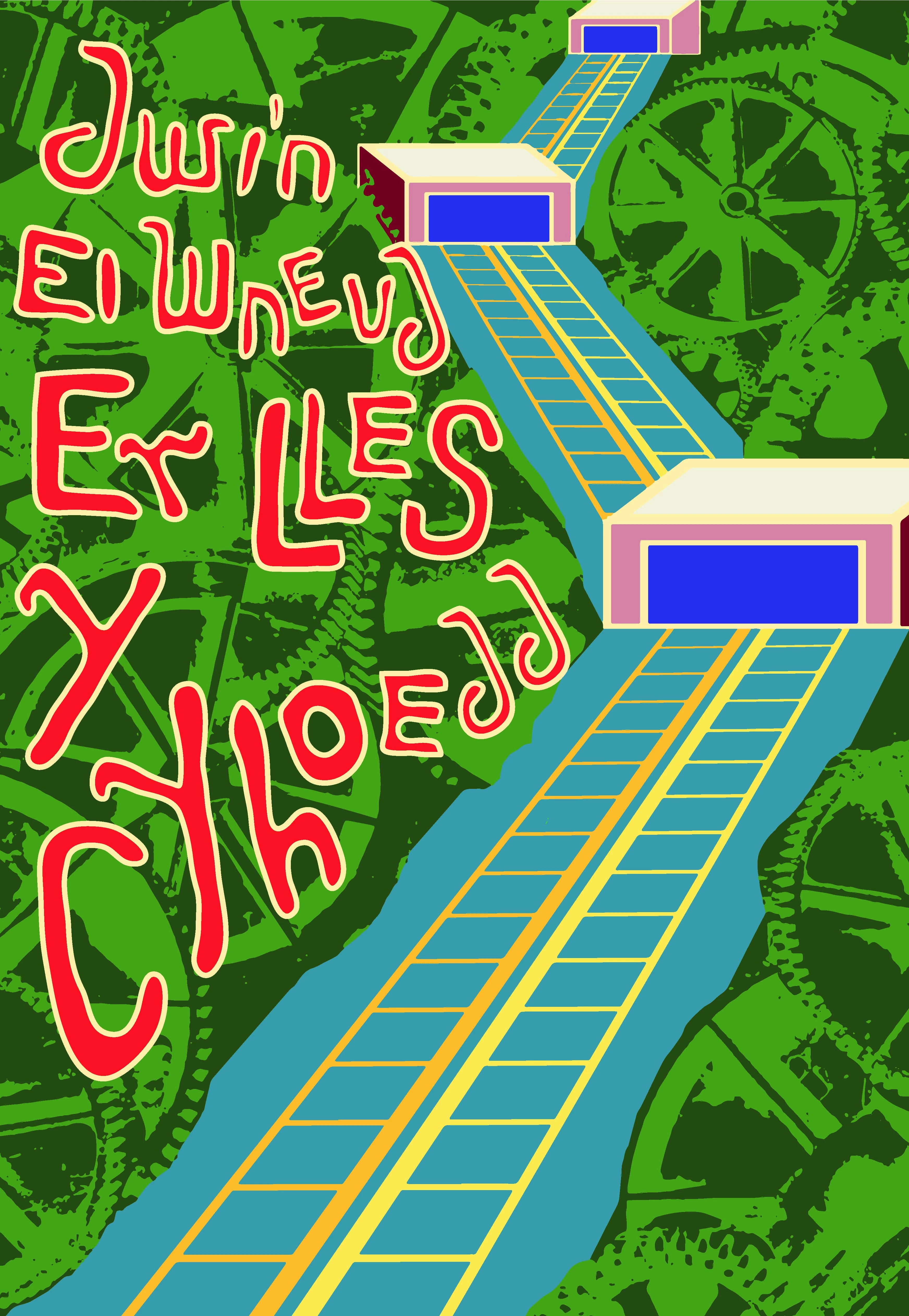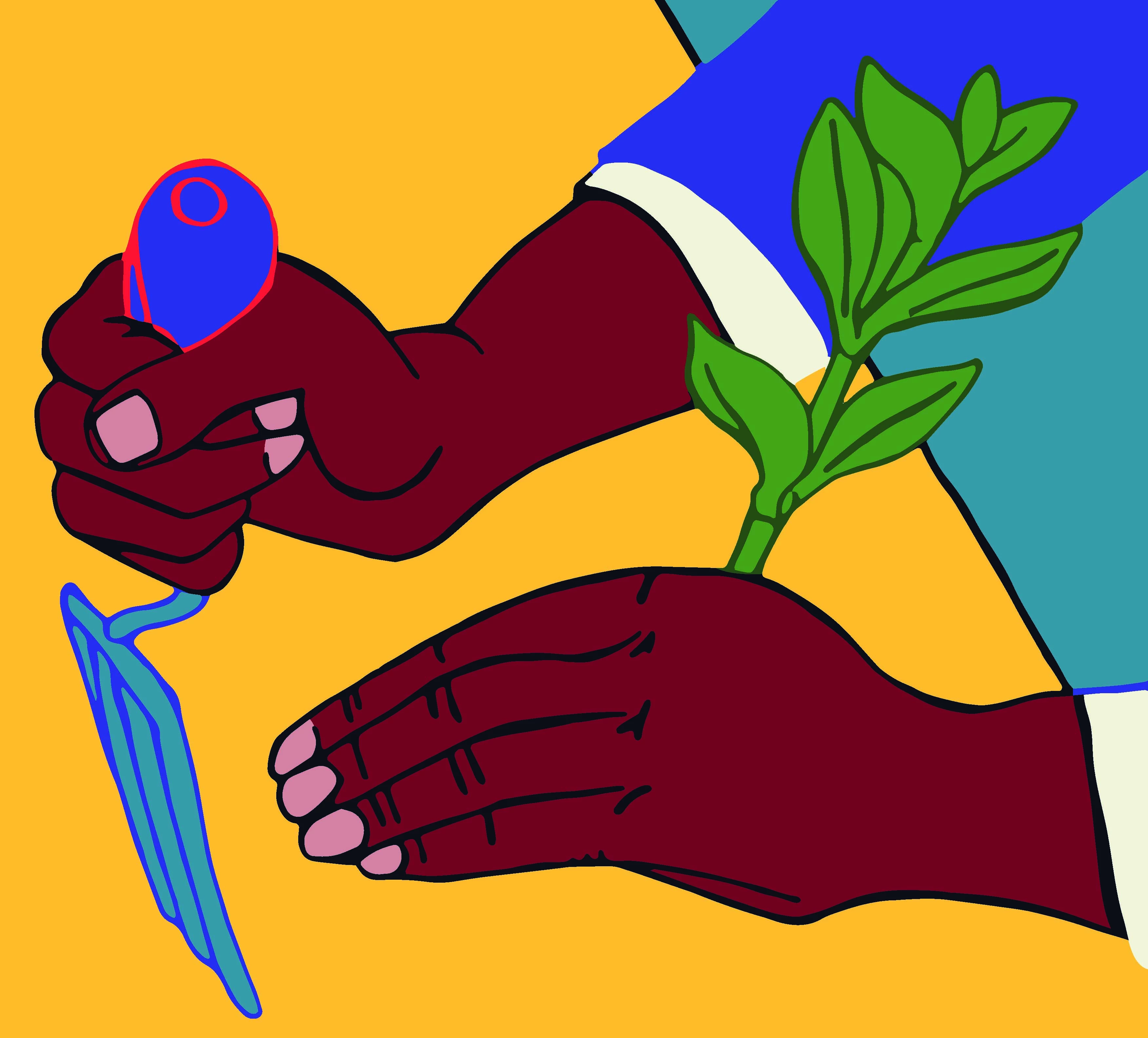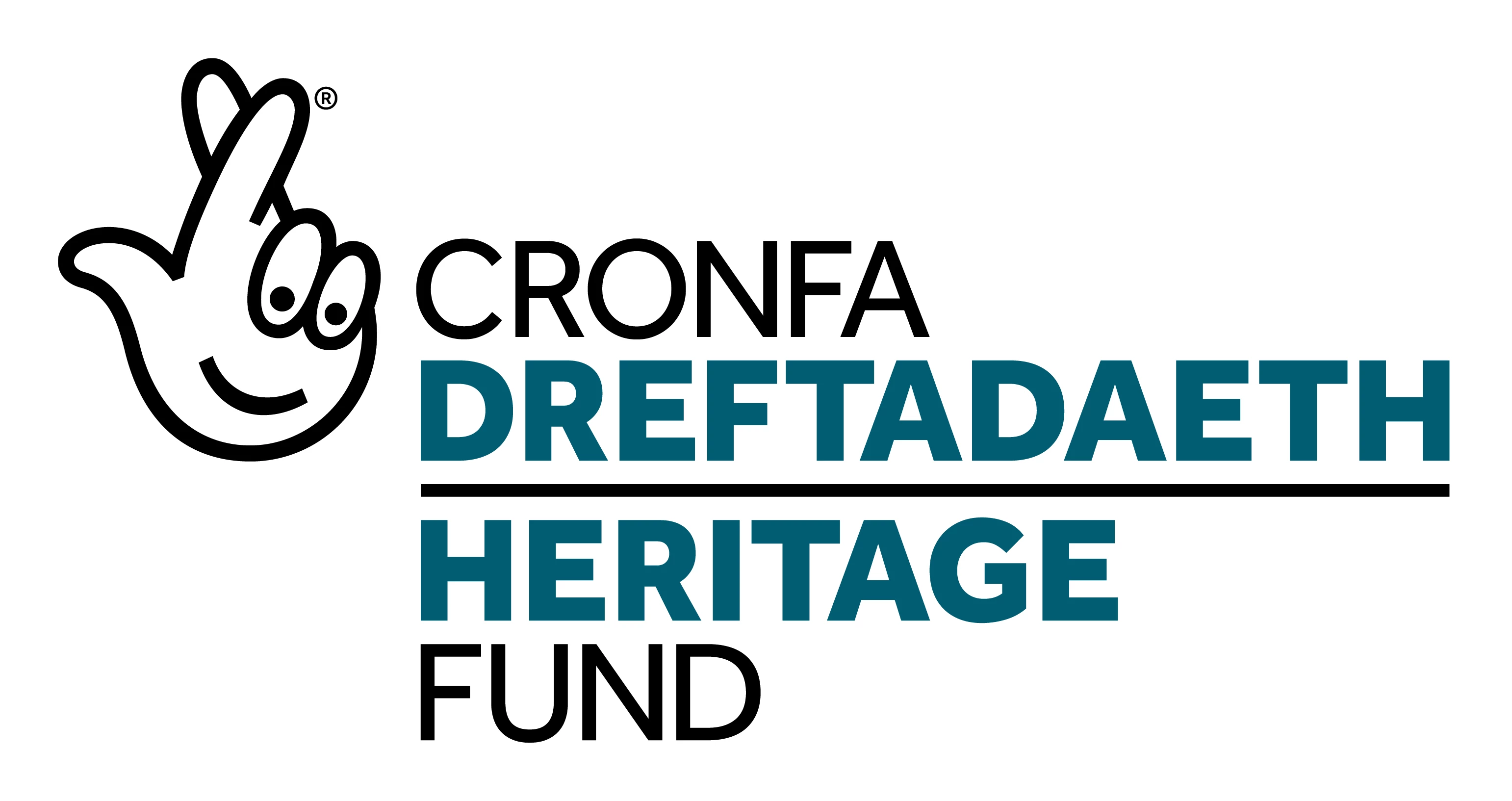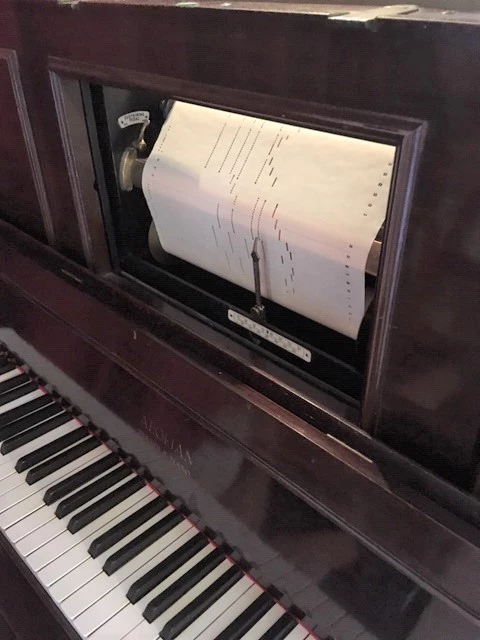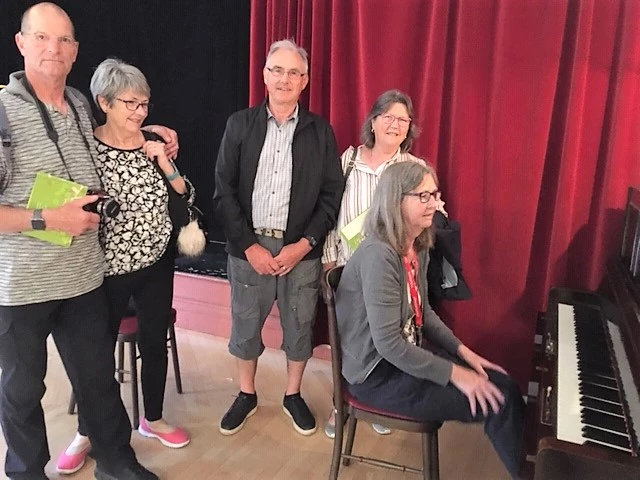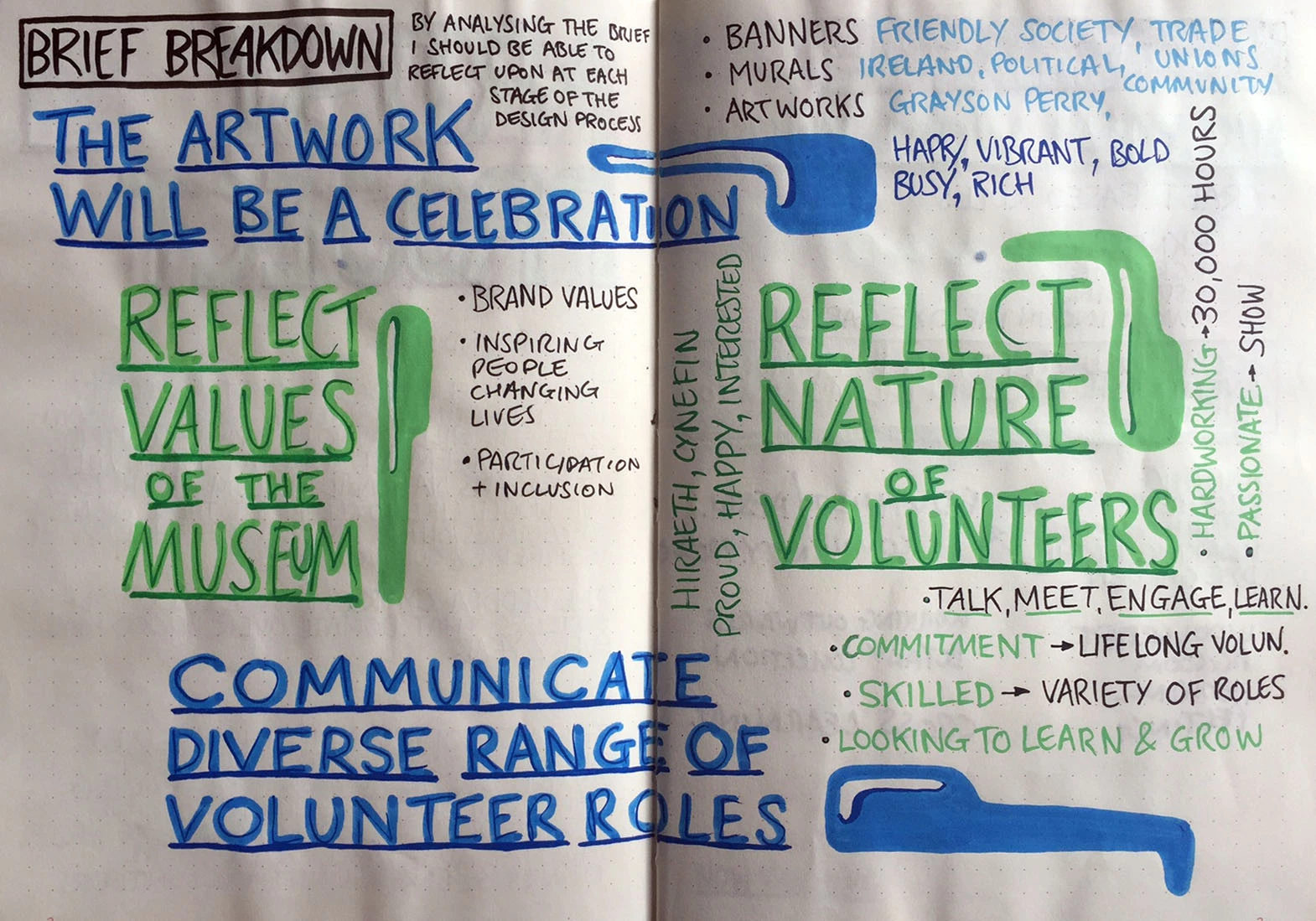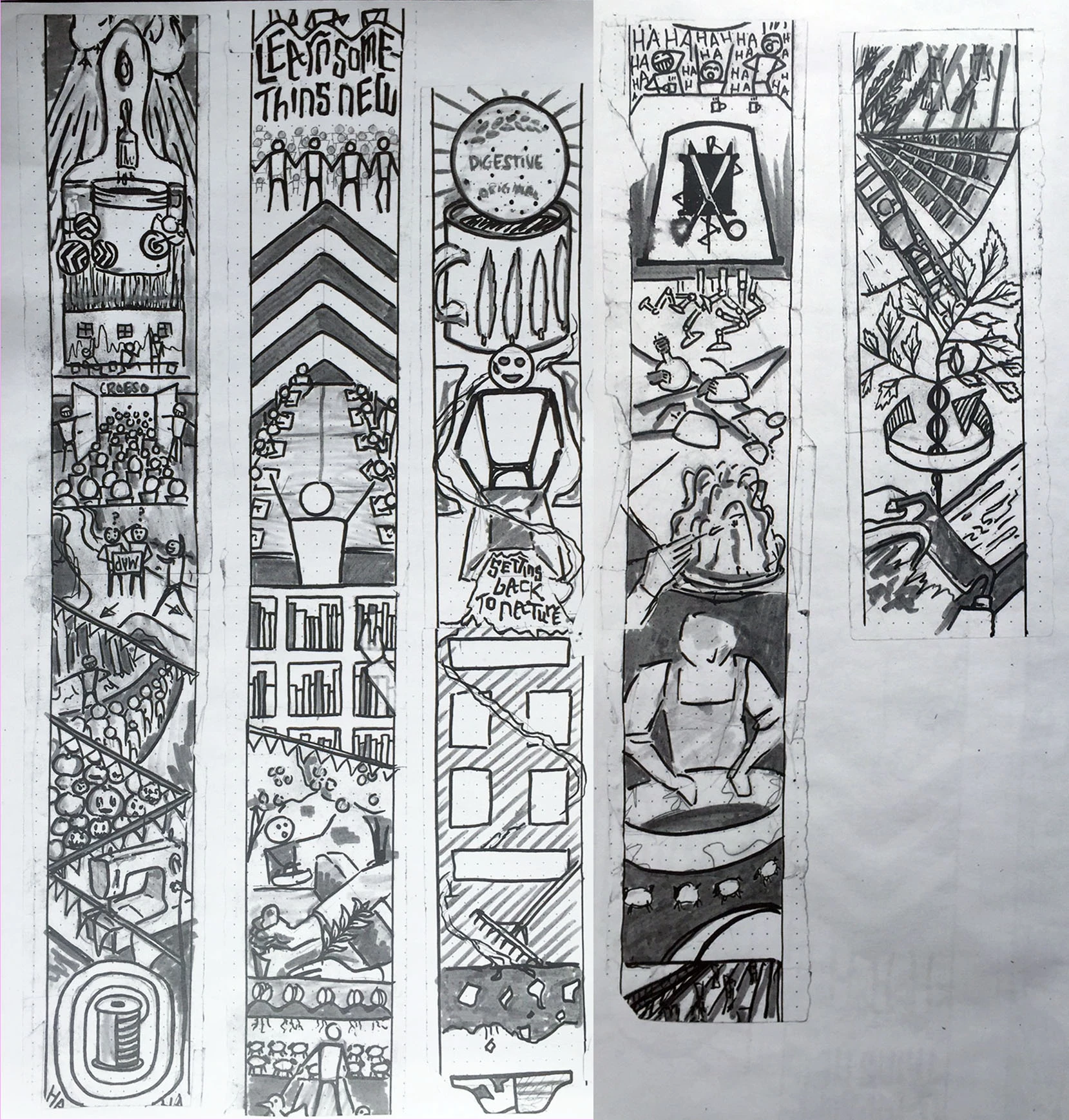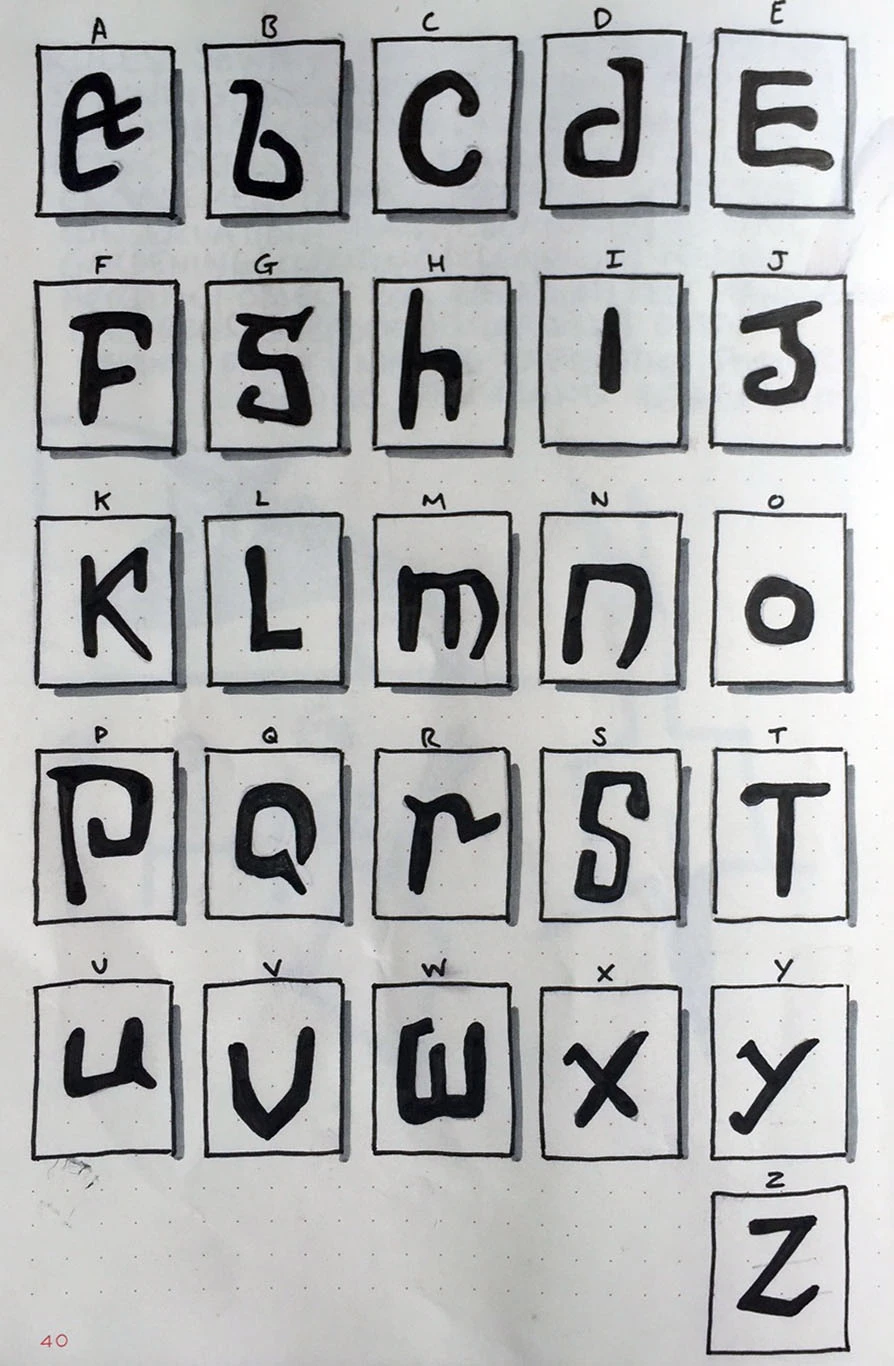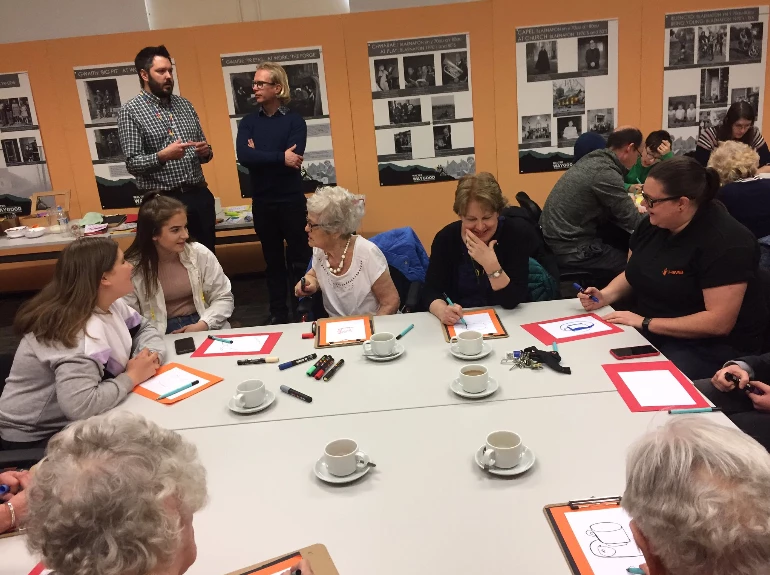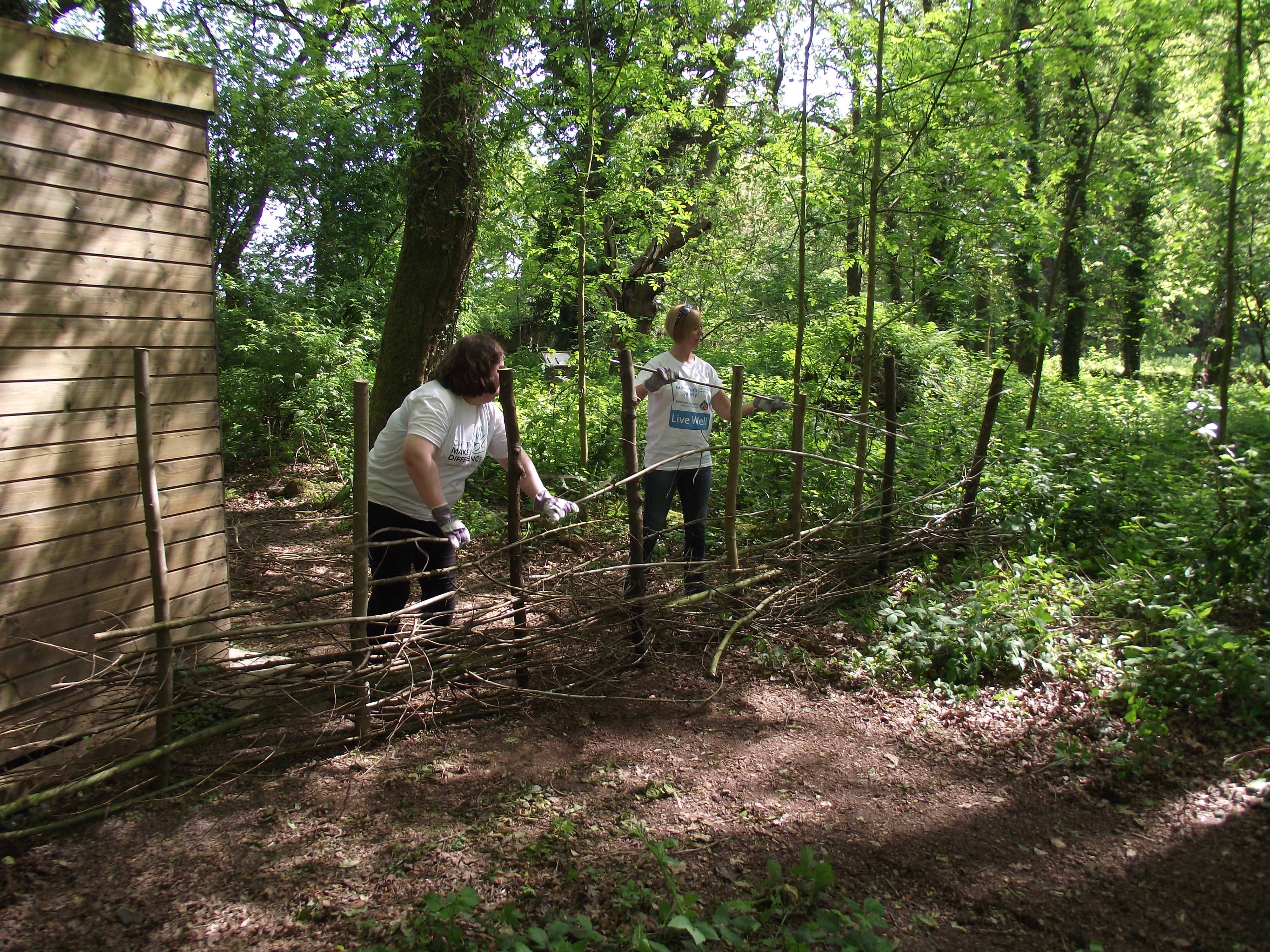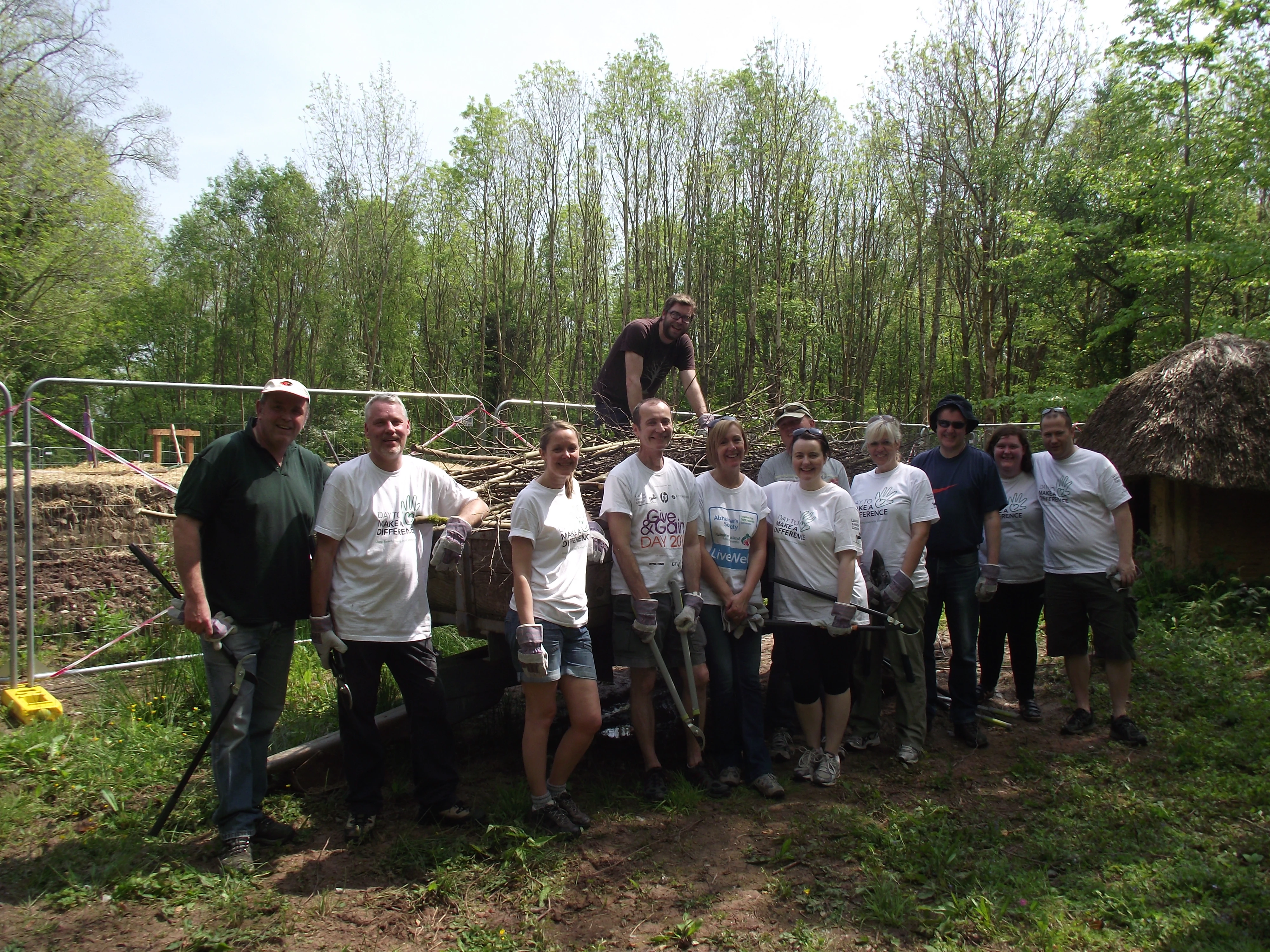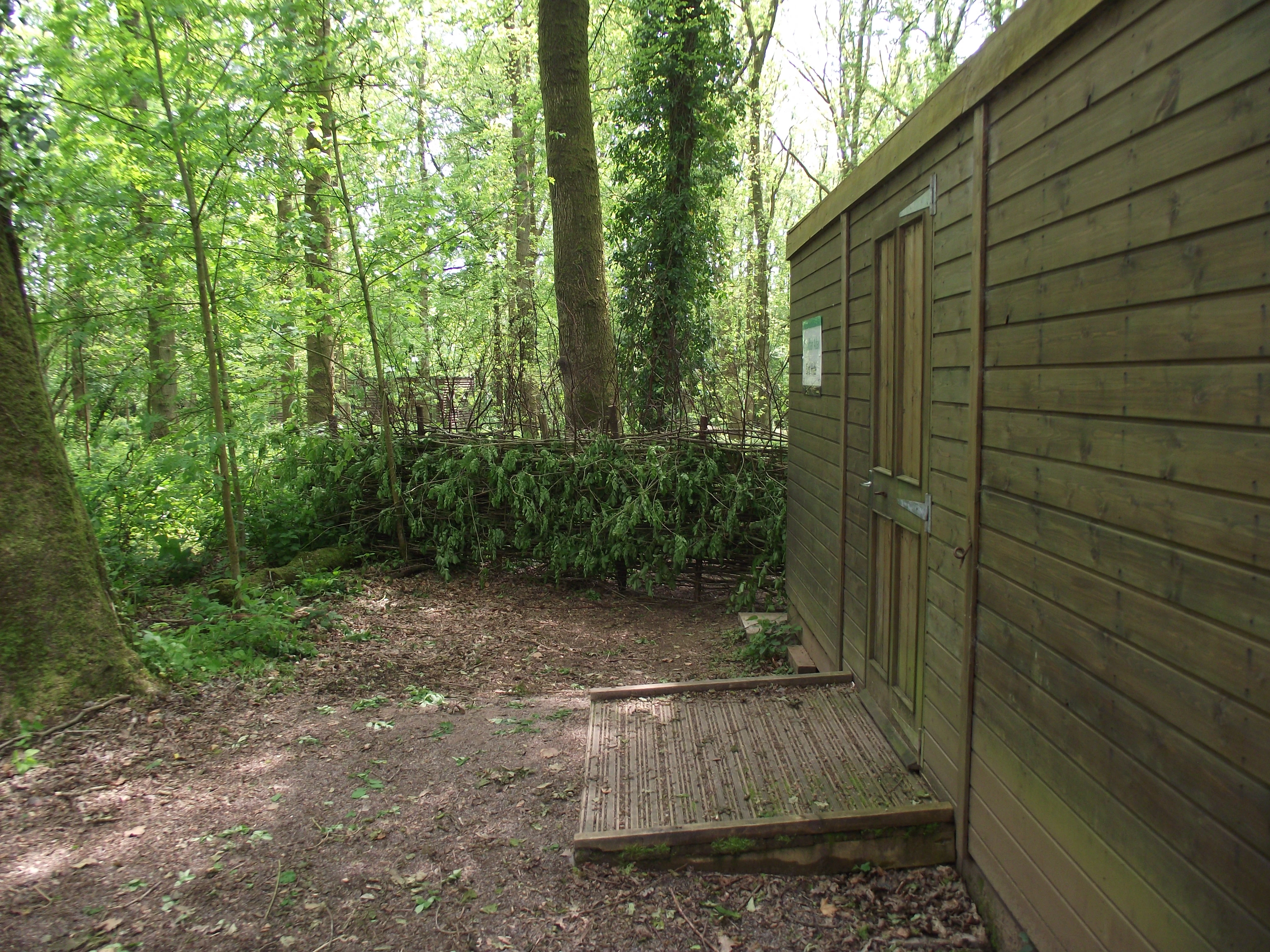Artists Project: Robin’s time as artist in residence
, 17 October 2019
Earlier this year I was presented with the chance of a lifetime, a paid opportunity to develop my professional career and expand my portfolio. I applied for an artist in residency with Amgueddfa Cymru - National Museum Wales, to work with their museum volunteers up and down the country, to create a project that would celebrate 10 years of the volunteering program. After a thoroughly exciting interview process, I was asked to join the team.
Fast forward 6 months and my Artist Residency has now reached a close. I’m very happy with the work I have created; it showers the volunteering hub in colour and celebrates the amazing contribution volunteers have given to the museum. It fills me with joy to share my work with such an enthusiastic cohort of volunteers from all walks of life.
I started designing the mural at the same time as touring the country and running creative workshops with volunteers. I had collected a long list of volunteer roles but understanding them in a way that helped me generate genuine visuals required meeting volunteers in person, visiting the sites and experiencing what they do first hand. Over a month or two, I managed to construct flowing imagery to turn into celebratory hanging banners - a design format that stood out during my research.
I created the design by hand, as I feel more comfortable using traditional techniques, then started the daunting task of rendering a digital copy of the work using Adobe Illustrator. Including this step was somewhat of a learning curve for me, but it’s been a valuable experience. Having a digital copy of the design meant that we could create prints for all the museum sites and a printed gift for each of the volunteers. It also sped up the painting process because it allowed me to use a projector.
Using string, pins and painters tape I divided the wall up into segments. Piece by piece I projected and copied details of the design upon the walls rough surface. The wall is made of lime rendering, which it turns out is not a very cooperative surface to paint on. It’s dry, so moisture from the paint is quickly absorbed which increases the amount of paint needed, the stroke count and the time it takes. It’s also rough, which slowly ruins brushes and pens.
Once the design was cartooned upon the wall, I chose to fill in large areas using low-pressure spray paint. This part of the process saved time and had the lucky benefit of creating a smoother plastic wrap over the wall. After filling the space with basic flat shapes I used brushes and pens to add details and definition with regular acrylic paints.
My goal was to create a design that was not only on brief, but functional, aesthetically pleasing and contained other layers of depth hidden below the surface. The hanging banner format is supposed to connote a sense of celebration and heraldry. The colour palette is reminiscent of the dyes used in the tapestries sewn by volunteers for Llys Llewelyn. I wanted the illustration style to be subtly influenced by welsh traditional craft and contain subtle suggestions of embroidery, slip-on cast tiles patchwork etc. I created the typeface used for the quotes contained in the artwork from some of the earliest welsh stone carvings found on a cross near Ogmore.
I’d been looking forward to the painting process since the very beginning, it was long and laborious but oh-so rewarding. Despite the fact that a large percentage of my wardrobe is speckled with a rainbow of vibrant acrylic, I really enjoyed physically crafting something.
I want to say the biggest thank you to everyone in the volunteering & community engagement department - especially Ffion & Haf - for checking in on me and giving me guidance and support, thank you to all the kind staff at St Fagans for making me feel welcome, thank you to the National Lottery Heritage Fund for providing the funding for this amazing opportunity, thank you to my partner Elin for driving me everywhere, but most of all the volunteers who have truly enriched my experience.
The last 6 months have been the best of my life. It has been so rewarding to work in a creative role where I feel valued. I’m going to miss working at Amgueddfa Cymru.
If you'd like to know more about the project as it was happening you can have a look at Robin's previous blog https://museum.wales/blog/2019-06-20/ARTISTS-PROJECT-Celebrating-10-Years-of-Volunteering/


